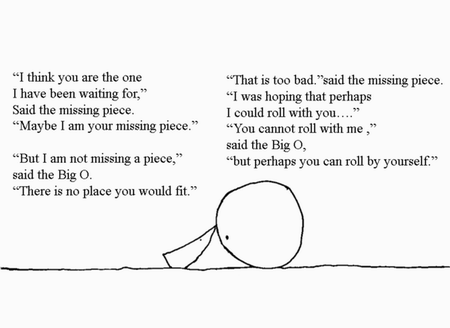
Why You Should Be Reading Spider-Woman
I first met Jessica Drew in Matt Fraction and David Aja’s Hawkeye series as the girlfriend of the title character, and the superhero known as Spider-Woman. She wasn’t in it all that much, but it was my first exposure to her, and to many of the Marvel characters who weren’t the X-Men, Spider-Man, or the movie versions of the Avengers. As I got more, and more into the Marvel comic universe, I started to learn bits, and pieces about the character. Then it was announced that she’d be getting her own solo title debuting in November 2014.
I didn’t jump aboard the first four issues of the series. It was linked to the Spider-Verse event that was going on at the time, and I wasn’t much of an events person. Thinking I wouldn’t have the chance to read Spider-Woman anytime soon, #5 was declared as the “New Costume! New Status Quo!” issue. It meant that Spider-Woman would have a book that was relatively self contained where she quits the Avengers, and goes off to be a private investigator, and street level superhero. Thus began a series that’s great for newbies who are trying to get their start into Marvel.
Dennis Hopeless is incredible with the pacing of the issues as well as the voice of Spider-Woman who I like to call a sarcastic, lovable, hot mess. Issue #5 gave us a glimpse into the tone of the book when it poked fun of the Manara variant cover controversy.
A big buy into this series for me was partly to do with Hopeless, and a lot to do with the book’s artist and colourer Javier Rodriguez(issues 5, 9, and 10), colourer Muntsa Vicente (issues 7-8), and inker Alvaro Lopez. I LOVE the art. Visually, Spider-Woman stands out as a book. The colours are vibrant with bright reds, pinks, greens, and blues.
The panel set up is always fun (there’s a really great splash page in #7), and what’s really great is how Spider-Woman is never objectified in how she’s drawn. I really love Rodriguez’s take on the character, and I’m not in anyway a fashionista but I can appreciate great clothing in art. In #8, Rodriguez has Jess go undercover as a civilian by repurposing her costume, and purchasing a dress. I was very excited by this because of how smart it is practically.
I can go on, and on but I honeslty can’t imagine this book without Rodriguez, Lopez, or Hopeless. Spider-Woman has a great lead, an unconventional supporting cast, and it also tackles some important issues like domestic violence. It’s a series that hasn’t been getting the buzz that other books like Ms. Marvel, or Thor, are getting, but it’s a book I recommend to readers who want to dive into the world of Marvel. The second volume collects issues 5-10, and it’s currently scheduled to be released in January 2016. Mark your calendars!















